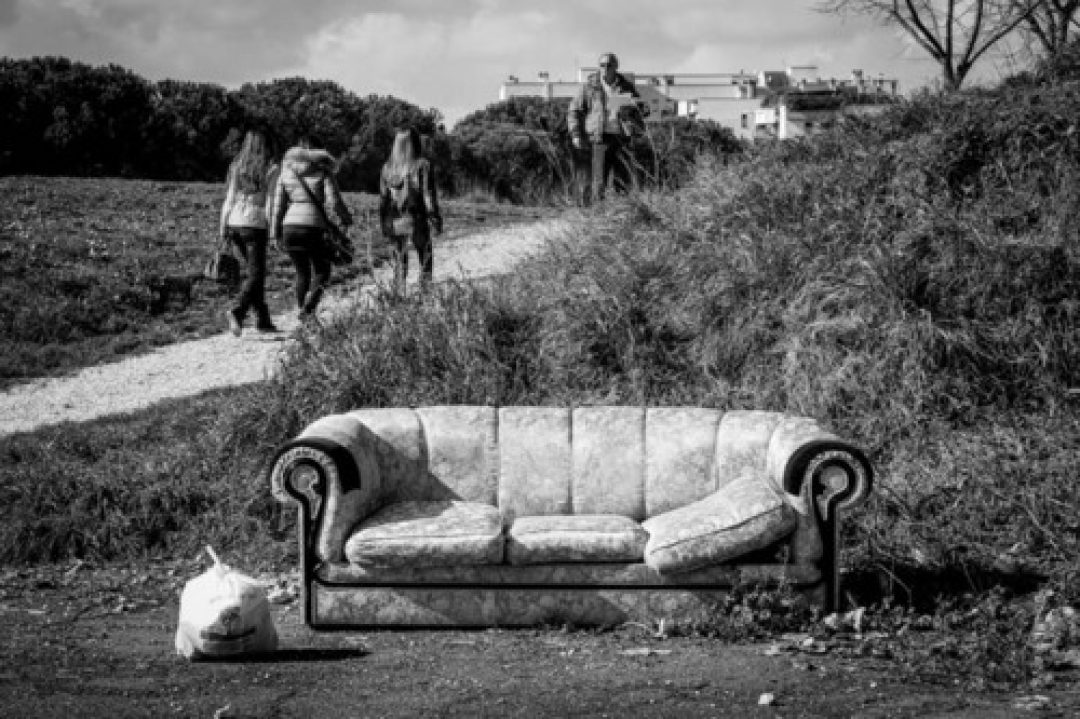
Fujifilm X-T1 | Max Angeloni
The X-T1 changes all of this and pushes to a more all-around use of the camera, a use you would usually consider allowed only by reflex cameras. From this weather sealed camera, with its big central viewfinder, is ergonomics that will easily allow a massive use with big zoom lenses we all expected a good alternative to a medium range Reflex camera. In the field the continuous AF showed more than acceptable performances, it also exceeded our best expectations eve if it’s not as polite as other AF systems around. We’re talking about the possibility to tweak your AF settings in order to better face the various situations you may find around. Many high level reflex camers let you decide how responsive the C-AF has to be, based on what you think you’re going to shoot. Let’s say you need to quickly focus on many different subjects…you can decide to set your Af responsiveness to „fast“. If you need to stay on the same subject for a long time you can set your responsiveness to „medium“ in order to better face those situations when you just lose the subject for a moment. You can also set the responsiveness to „slow“ if you want to avoid your camera to lose the focus from your subject if something falls in between you and the subject, or behind the subject. I’m pretty sure many don’t even know anything about this, and there’s nothing wrong in that. The situations in which a setting like that can come in handy are not so frequent. Also, it’s not only the camera. The lens has its own part in the AF performances of a camera, and this is true for DSLR, CSC and any other camera in the market. Price, build quality, design are all elements that affect the AF preformances of a lens as well as sensor size, brightness and focal lenght.…….
See on riflessifotografici.com
Jordan SteeleNext article Zirkus Lamberti - Low light with 60mm Macro and X-E2 | Ming Art
